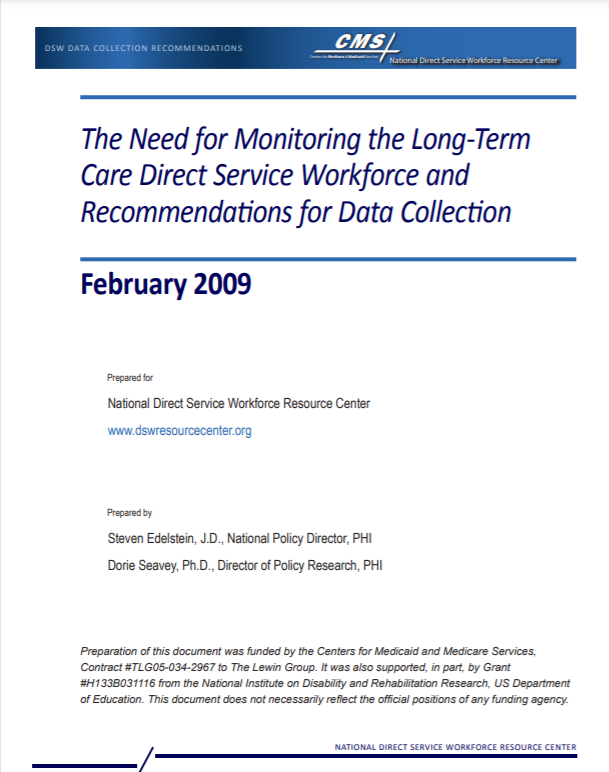News
Opinion
State Development
Resource
Case Study
Impact Story
Expert
Client / Partner / Supporter / New York City System
Job Opening
Page
Advanced Roles
Curriculum Design
Household Models
Organizational & Leadership Development
PHI Coaching Approach®
Public Education & Messaging
Recruitment and Retention
Research & Policy Analysis
Training
Peggy Powell (she/her)
Kezia Scales, PhD (she/her)
Jodi M. Sturgeon (she/her)
Sandra E. Smith (she/her)
Erica Brown-Myrie (she/her)
Martha Medina (she/her/ella)
Irma M. Rivera (she/her/ella)
Michael Elsas
Donna Calame
Denise Clark
Anne Geggie
Karen Kulp
Adria Powell
Emily Dieppa Colo (she/her)
Kathleen Graham (she/her)
Mandy Townsend
Sweta Adhikari
Jenny Friedler
Amy Robins (she/her)
Bonnie Scadova
Jessica King (she/her)
McKayla Brady (she/her)
Jake McDonald (he/him)
Annie Gamman (she/her)
Murray Devine (he/him)
Naomi Rowe
Gwen Tanner (she/her)
Deb Anderson (she/her)
Alison Simmons (she/her)
Sarah Angell (she/her)
Gwen Smith (she/her)
Ben Freeman (he/him)
Jenna Kellerman (she/her)
Tasha Beauchesne (she/her)
Jeannine LaPrad (she/her)
Stephen McCall (He/Him)
Alabama
Alaska
Arizona
Arkansas
California
Colorado
Connecticut
Delaware
District of Columbia
Florida
Georgia
Hawaii
Illinois
Indiana
Iowa
Kansas
Kentucky
Louisiana
Maine
Maryland
Massachusetts
Michigan
Minnesota
Mississippi
Missouri
Montana
Nevada
New Hampshire
New Jersey
New Mexico
New York
North Carolina
Ohio
Oklahoma
Oregon
Pennsylvania
Rhode Island
South Carolina
Tennessee
Texas
United States
Utah
Vermont
Virginia
Washington
West Virginia
Wisconsin
Wyoming
Data Collection & Quality
Equity
Expanding Access & Cultural Competence
Family Caregiving
Medicaid
Person-Centered Care
Training & Advanced Roles
Wages & Benefits
Alzheimer’s Resource Center
Caledonian House at Scottish Home
Centers for Medicare & Medicaid Services
Community Living Policy Center
Hebrew Rehabilitation Center
Loretto
Partners in Care
Trinity Health Senior Communities
Westminster Canterbury
1199SEIU & 1199SEIU Training & Education Fund
American Society on Aging
Aspen Institute
Caring Across Generations
Center to Advance Palliative Care
Eldercare Workforce Alliance
Home Care Associates
JobsFirstNYC
Leadership Council of Aging Organizations
National Domestic Workers Alliance
National Employment Law Project
Neighborhood Trust Financial Partners
New York Caring Majority
WorkingNation






